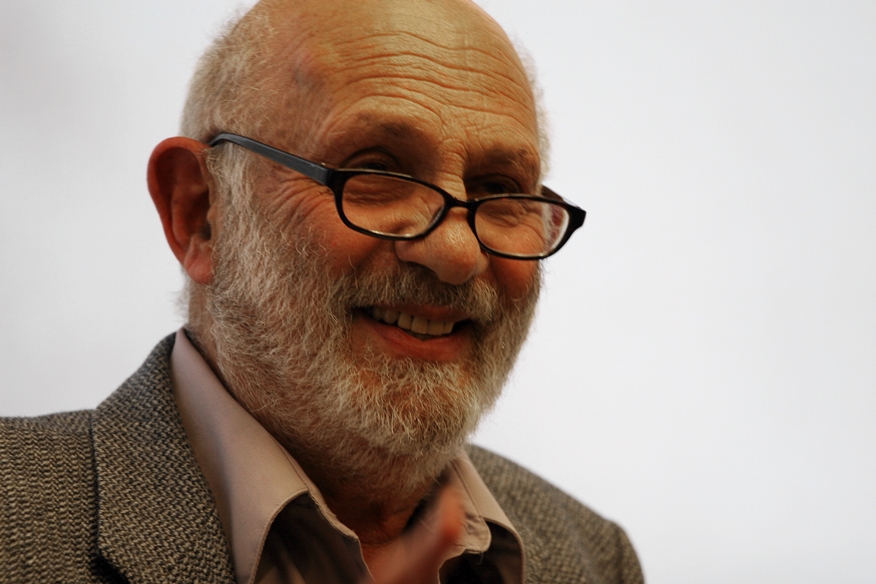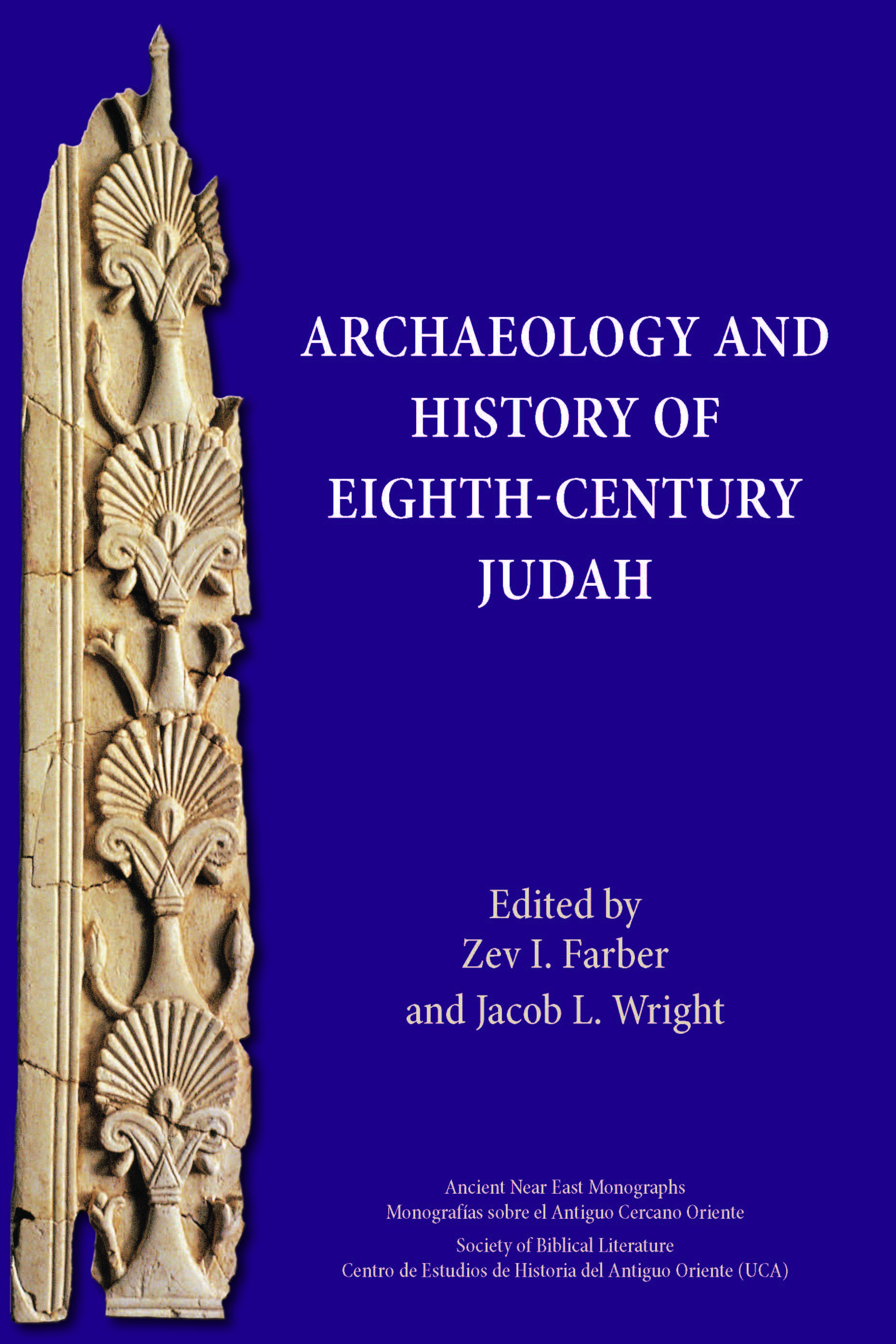Open source text honors TIJS Professor Emeritus

Available now in open-access format and in print on November 9th, Archaeology and History of Eighth-Century Judah honors the work of Professor Emeritus of Biblical Archaeology & Hebrew Oded Borowski. Dr. Borowski retired as a core faculty member of The Tam Institute for Jewish Studies (TIJS) in 2017. Borowski is also credited with founding the Hebrew and Arabic language programs at Emory, and for overseeing the creation of the department today known as Middle Eastern and South Asian Studies (MESAS).
The impetus for the book emerged from a TIJS-sponsored symposium entitled “8th Century Judah and its Neighbors: A Symposium in Honor of Oded Borowski,” held on February 4, 2014. Dr. Borowski made vital contributions to the archaeological study of biblical history, particularly by shifting the focus from biblical events to the everyday lives of common people. Inspired by his work, the symposium focused on the material culture of eighth-century Judah.
 Archaeology and History of Eighth-Century Judah opens by examining the kingdom of Judah in the context of the larger region, especially its neighbor Israel, whose downfall in 722 BCE was wrought by the powerful Assyrian Empire. Although the kingdom of Judah sought to fill the void left by Israel, the Judahite countryside was still devastated by the conquering Assyrian armies. However, the effort was not completely unsuccessful—the city of Jerusalem remained intact.
Archaeology and History of Eighth-Century Judah opens by examining the kingdom of Judah in the context of the larger region, especially its neighbor Israel, whose downfall in 722 BCE was wrought by the powerful Assyrian Empire. Although the kingdom of Judah sought to fill the void left by Israel, the Judahite countryside was still devastated by the conquering Assyrian armies. However, the effort was not completely unsuccessful—the city of Jerusalem remained intact.
Part One explores trade in the Aegean world, profiles the three phases of the kingdom of Israel in the eighth century BCE, and excavates the city of Bethsaida for clues to urban life during this time. Analysis of Philistine pottery, Judah’s neighboring kingdoms across the river Jordan, and tumult in Egypt round out the survey of the wider region.
Part Two offers an overview of developments in Judah throughout the eighth century, including urban expansion, demographic trends, and technological innovations.
Part Three focuses on material culture and daily life, a specialty of Dr. Borowski. Borowski pioneered a new approach to archaeological study of the region, and scholars expand upon his work with analysis of a wide range of physical evidence, including pottery, housing, food, and terracotta miniatures.
Parts Four and Part Five shift to the metaphysical: religious life. The former studies ritual and religion in eight-century Judah, and the latter examines documentary evidence such as the proposed beginnings of biblical writing and scribal culture. Overall, the text presents new and provocative views of eighth-century Judah as a major formative period in Jewish history.
The volume concludes with an appendix of modern archaeological techniques and their scientific basis. This explanation is vital to making the book accessible to those unfamiliar with the field, especially students. In this way, the book seeks to appeal to both experts and amateurs by both providing source material for instructors as well as by giving students a window into archaeological tools and methodologies used in the study of Jewish history.
The project is published by SBL Press, a division of the Society of Biblical Literature, as part of their Ancient Near East Monographs series. The editors are Emory's own Dr. Jacob L. Wright, Associate Professor of Hebrew Bible in the Candler School of Theology, and Dr. Zev I. Farber, who holds a Ph.D. in Jewish Religious Cultures from the Graduate Division of Religion. While at Emory, Farber was a student of Dr. Borowski and an advisee of Dr. Wright.
The Tam Institute for Jewish Studies provided editorial funds for Archaeology and History of Eighth-Century Judah, available for download now.